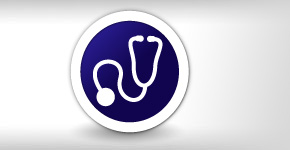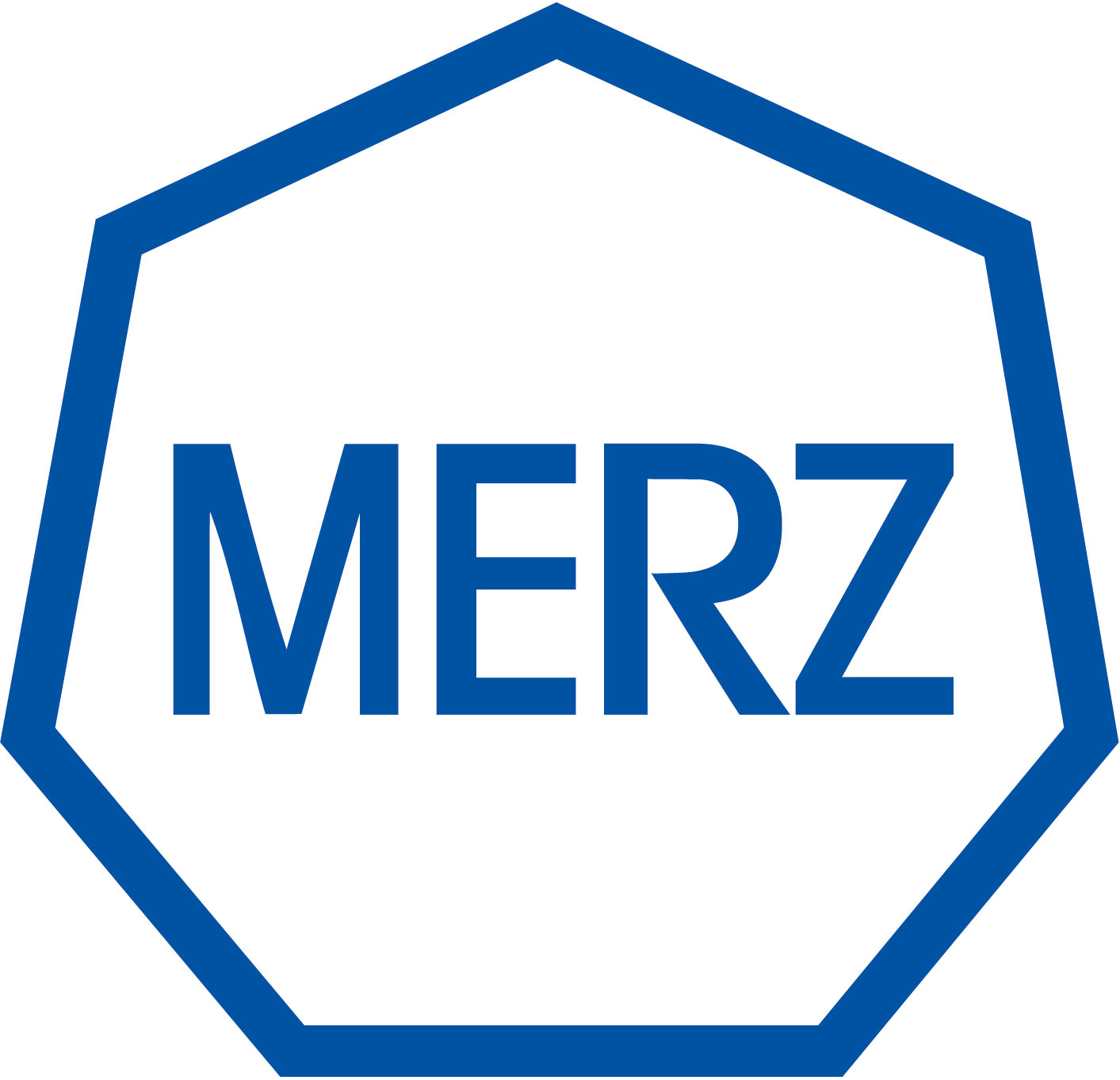
By David Muhlestein, PhD, JD
and Lia Winfield, PhD
Dramatic changes in the demographics of our physician population are happening at the same time as our healthcare system is making equally dramatic changes in how it organizes and pays for care.
This new generation of physicians is likely to be receptive to those new ways, but to embrace them most effectively, we believe medical schools will need to actively prepare physicians for these new payment and delivery models. In this article, we explore some ways that medical schools and policymakers can leverage this opportunity to transform the practice of medicine.
THE CHANGING PHYSICIAN
Today’s physicians differ markedly from those who came out of medical school 30 years ago. Among those differences:
Practice Size
Younger physicians are more likely to practice in larger groups and shy away from small or solo practices. The median 2016 group size for physicians who graduated from medical school in 2010 or later is 136 physicians, compared to a median group size of two for those who graduated in or before 1960 .
While policymakers can establish the vision and the plan for change, the pace at which medical schools train and prepare these physicians will affect the speed of change across the healthcare system.”
As of today, more than 50 percent of physicians who graduated before 1960 practice in one- or two-physician practices, while fewer than 5 percent of those who have graduated since 2010 are in smaller practices. As one might expect, the inverse is also true: a minority of older physicians, and a majority of newer ones, are in practices of more than 100. The percentage of physicians in small practices will continue to decline as older physicians retire.
Gender
Nearly half (46 percent) of physicians who graduated from medical school since 2010 are female, compared with just 7 percent who graduated in or before 1960. This shift means the newer physician workforce is more representative of the general population.
Choice of Specialty
More of the newest medical school graduates are opting for primary care specialties. Primary care has fluctuated in popularity over the years, with a trough as low as 25 percent of graduates in the late 1960s. The peak of popularity for primary care came for those who graduated during the 1990s, when the HMO model required a strong primary care workforce. If the HMO model drove an increase of PCPs during the 1990s, then the current growth of accountable care organizations and other value-based models that rely on primary care providers likely contributes to the recent growth in primary care. The increasing percentage of female physicians may also contribute, as women are much more likely than men to practice primary care (40.2 percent vs. 28.8 percent).
36 percent of physicians who graduated between 1995 and 1999 practice primary care and that 42 percent of physicians who graduated from 2010–2014 practice primary care. This higher percentage is at least partially due to longer residencies for physicians pursuing a specialty, who may not yet have completed their training. For example, an internist who graduated from medical school in 2014 would be in active practice beginning in 2017, but a general surgeon would still be in their residency program and not show up in this data. The drop in the number of physicians between these periods is due to this same reason, and we ultimately expect the number of physicians who graduated in this 5-year period to be similar to the preceding 5 years. We will see a true indication of the number of physicians and the percentage of this cohort in primary care in 2021, when nearly all physicians have completed their training.
These generational changes in the physician workforce have implications for medical schools and policymakers. Healthcare’s new payment models, such as population-based risk-sharing, episodic payments, and care bundles, require physicians to change how they deliver care. These models reward teamwork, care coordination, and leveraging data to improve quality and lower costs. Medical schools and policymakers both have a role in helping the new generation of physicians prepare for the realities of these payment and delivery models. While policymakers can establish the vision and the plan for change, the pace at which medical schools train and prepare these physicians will affect the speed of change across the healthcare system.
Challenges for Medical Schools
Medical schools have both a responsibility and an opportunity to prepare their students for success under new value-based payment models. They must address these challenges, among others:
- Adapting Students to a Variety of Environments
There have always been significant differences between where many physicians are trained and where they practice. Academic medical centers also conduct innovative research, use the latest technology, and often see the highest-acuity patients. Most physicians, however, will not work in academic medical centers and therefore will not engage in the same research, have access to the same technologies, or see the same patients. Some will not even actively treat patients.
This disparity mattered less when most physicians, regardless of practice setting, focused on addressing specific occurrences of illness or injury, but we believe changes in the delivery system will accentuate the differences between academic medical centers and other practice settings. Schools would benefit by recruiting more physicians to aid in teaching who have already spent years or even decades in non-academic environments, including community hospitals, rural communities, and federally qualified health centers or free clinics. Medical students would also benefit from exposure to physicians who have made careers in non-clinical settings: in pharmaceutical, technology, or insurance companies, or as policymakers or administrators.
- Preparing Students for Population Management
As group practices adopt risk-based contracts, physicians will live under different financial realities and pressures than those they experienced during training, and they will need a new set of strategies to navigate these constraints while still delivering high-quality care. For example, under the Medicare Access and CHIP Reauthorization Act (MACRA), most physicians who see Medicare patients now have a portion of their payment tied to quality measures and cost considerations. This new paradigm emphasizes a different set of priorities, including team-based care, addressing patients’ social determinants of health, reducing extensive utilization of expensive tests and procedures, and developing relationships with a wider variety of providers.
The concept of team-based education is becoming more common in the medical curriculum, but there is still significant opportunity to train physicians to operate in interprofessional teams where they can learn to work with non-physician clinicians and non-clinicians such as social workers. There is growing support for these measures, but medical curriculum should align with other professional schools so that students in schools of medicine, nursing, social work, and others interact and work together during their training.
- Adopting New Recruitment Strategies
Medical schools will need to look beyond undergraduate GPA and MCAT scores and identify candidates who will work most effectively in a team-based environment, who will be able to best address social determinants of health, develop novel care coordination programs, and thrive in an increasingly complicated care delivery system. While many medical schools look beyond the raw GPA and test metrics when considering applicants, conducting a more holistic review of students takes time and involves significant challenges.
Still, it is necessary to develop and validate approaches that accurately assess an applicant’s potential for collaboration, innovation, flexibility, and problem-solving. While competency in clinical skills is necessary for new physicians, those skills alone are insufficient to prepare students for the realities they will face during their careers.
Challenges for Policymakers
Policymakers must also revise their vision of the role of physicians. Their challenges include:
- Bridging the Primary Care Gap
Despite the upward trend in primary care physicians, the Association of American Medical Colleges has still predicted a shortage of 7,300 to 43,100 primary care physicians. This anticipated shortfall creates new opportunities for physician assistants, nurse practitioners, and pharmacists to perform services historically rendered and billed by the physician. The complexity of the modern health care system requires more types of clinical and non-clinical care workers — physicians, physician extenders, administrators, and allied providers such as respiratory therapists, physical therapists, and social workers — to work as a cohesive team. Each member must be considered as an integral, rather than a secondary, member of a broad and diverse health care team.
Physician practices should continue to integrate a variety of providers into their care teams in a way that allows each provider to use the full range of their training and skills. To accomplish this integration, policymakers must ensure that all these clinicians are legally allowed to deliver all services that they are trained for, and do not have their licenses artificially constrained by the historical division of labor.
- Enabling Team-Based Care
Policymakers have envisioned a future for health care that involves team-based care, physicians managing risk, and practices considering the nonmedical needs of patients, such as access to mental health providers and even safe housing. Policymakers will need to support new value-based models that include more providers and payers, and adequately fund evaluations of these new payment and delivery models.
- New Expectations
A new generation of physicians will practice according to the expectations and training they received in medical school. Policymakers can help change the expectations and medical schools can help change the education of a new generation of physicians who will face more financial constraints and increased accountability for the health outcomes of their patients. Meaningful, large-scale change will take a generation and will require commitment, patience, and consistency from all stakeholders.
- Methods
The data for this analysis was derived from January 2018 Medicare Physician Compare data, which includes information on all providers who have billed Medicare in the past year and provides demographic information including year of graduation from medical school, practice location, primary specialty, gender, and affiliated groups. Group size was calculated using the following method: For physicians in multiple group practices, we weighted the physician by 1 divided by the number of practices in which he or she participated, so that no physician was counted more than once. We used the weighted number of physicians within each group to estimate the proportion of total physicians practicing in various group sizes (1–2 physicians, 3–9, 10–24, 25–49, 50–99, 100–499, and 500 or more). Averages for each category were calculated based on year of graduation. VTN
David Muhlestein, PhD, JD is chief research officer at Leavitt Partners; adjunct assistant professor at The Dartmouth Institute, Geisel School of Medicine, Dartmouth College; visiting policy fellow, Margolis Center for Health Policy at Duke University; and visiting fellow, Accountable Care Learning Collaborative. Lia Winfield, PhD is a senior associate at Leavitt Partners.




